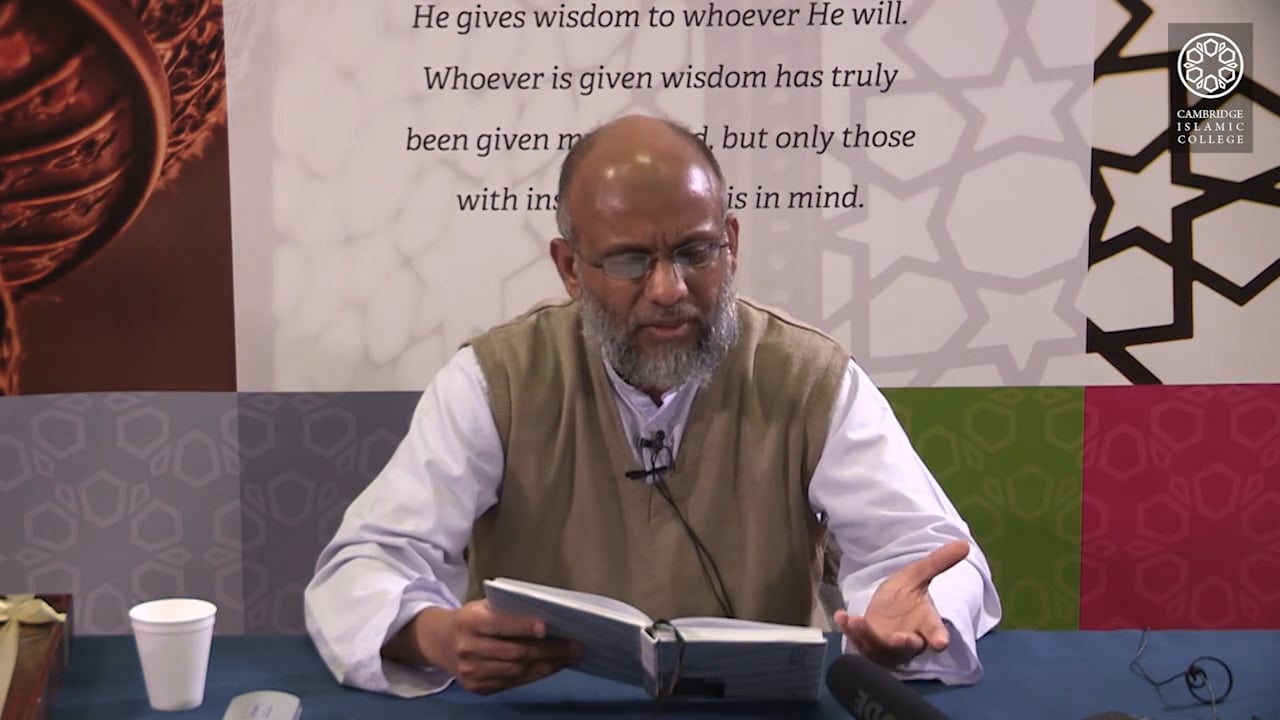

A portion of the book is also translated into Hebrew and English.

The publication of this translation of Shaikh Ibn Ashur s Treatise on Maqasid al-Shari ah is a breakthrough in. Shaikh Muhammad al-Tahir ibn Ashur is the most renowned Zaytuna Imam and one of the great Islamic scholars of the 20th century. This book was influential in Europe and was one of the first to be translated from Arabic to Latin (12th century). Book - Ibn Ashur Treatise on Maqasid al-Shariah - author : Muhammad al-Tahir El Mesawi. Logic is like a scale, a rubric for all sciences. Through it, one distinguishes certain knowledge from what is not certain. Buku ini ditulis di awal kehidupan al-Ghazali dalam hal falsafah dan menyatakan teori-teori dasar dalam falsafah, utamanya dipengaruhi oleh karya tulis Ibn Sina. Quote of Imam al-Ghazali (d.505/1111) Maqasid al-Falasifa, 13: The science of Logic consists of laws by which to distinguish sound definitions and syllogisms from unsound ones. (ringkasan dari falsafah Islam sebagaimana dipresentasikan oleh Ibn Sina). Īfter writing Maqasid al Falasifa, he wrote another book Tahāfut al-Falāsifa, criticizing the Avicennian school of early Islamic philosophy. (1094) Maqasid al falasifa (The Intentions of the Philosophers), ed.

He also stated that he did not find other branches of philosophy including physics, logic, astronomy or mathematics problematic. al-Shifa (the Cure), and works such as al-Ghazalis Maqasid al Falasifa (The Aims of the Philosophers), which were clearly influenced by Ibn Sns thoughts, was an important step in introducing Ibn Sns natural philosophys teachings to medieval Western thinkers. Al-Ghazali stated that one must be well versed in the ideas of the philosophers before setting out to refute their ideas. Muhammad went on to study with the influential Ash’arite theologian al-Juwaynî (102885) at the Nizâmiyya Madrasa in nearby Nishapur. In this book, he explained in detail about what philosophy is and described basic entities like judgement, concept, premise, and logic. Al-Ghazâlî received his early education in his hometown of Tus together with his brother Ahmad (c.10601123 or 1126) who became a famous preacher and Sufi scholar. Il releve les passages de l'oeuvre du dominicain ou il y a des. se propose de voir quel usage Thomas d'Aquin a fait d'al-Gazali. al-Suhrawardî, Shihâb al-Dîn Yahyâ al-Maqtûl by Cécile Bonmariage: 1227-29 54. His father died when he was young, having entrusted one of his Sufi friends with the education of his two sons. Influenced by Avicenna's works, he wrote this book presenting the basic theories of Philosophy. Le seul traite d'al-Gazali (1058-1111) a circuler en traduction latine en Europe est son Maqasid al-Falasifa ('Les buts des philosophes'), ecrit en 1094: un expose impartial des vues des philosophes islamiques, qu'il critiquera dans un ouvrage ulterieur. al-Shahrazûrî, Muhammad ibn Mahmûd Shams al-Dîn by Emily J. 450) in or near the city of Tus in Khurasan to a Persian family of modest means, whose members had a reputation for learning and an inclination towards Sufism. Although this study is devoted to Ghazali, a twelfth-century Muslim, the conclusions are meant to aid in the much needed construction of the imagination as a nuanced and important category in the academic study of religion.Maqasid al Falasifa ( Arabic: مقاصد الفلاسفة), or The Aims of the Philosophers was written by Al-Ghazali. As a result, the products of the imagination are very ambiguous: for the philosophers they are chimerical, yet for the mystics they provide an important access to truth. The imagination tries to overcome the fundamental aniconic tension in monotheism between God's immanence and His transcendence. These images, in turn, represent an integral part of the mystic's experience. The imagination, then, is responsible for translating the incorporeal divine world into corporeal material images. The imagination is an important, though ambiguous and understudied, category, as it is responsible for diverse visual activities such as dreaming, visions, and prophecy. This study presents a phenomenological analysis of Ghazali's discussion of dreams and dream discourse as it specifically relates to the faculty of the imagination.


 0 kommentar(er)
0 kommentar(er)
